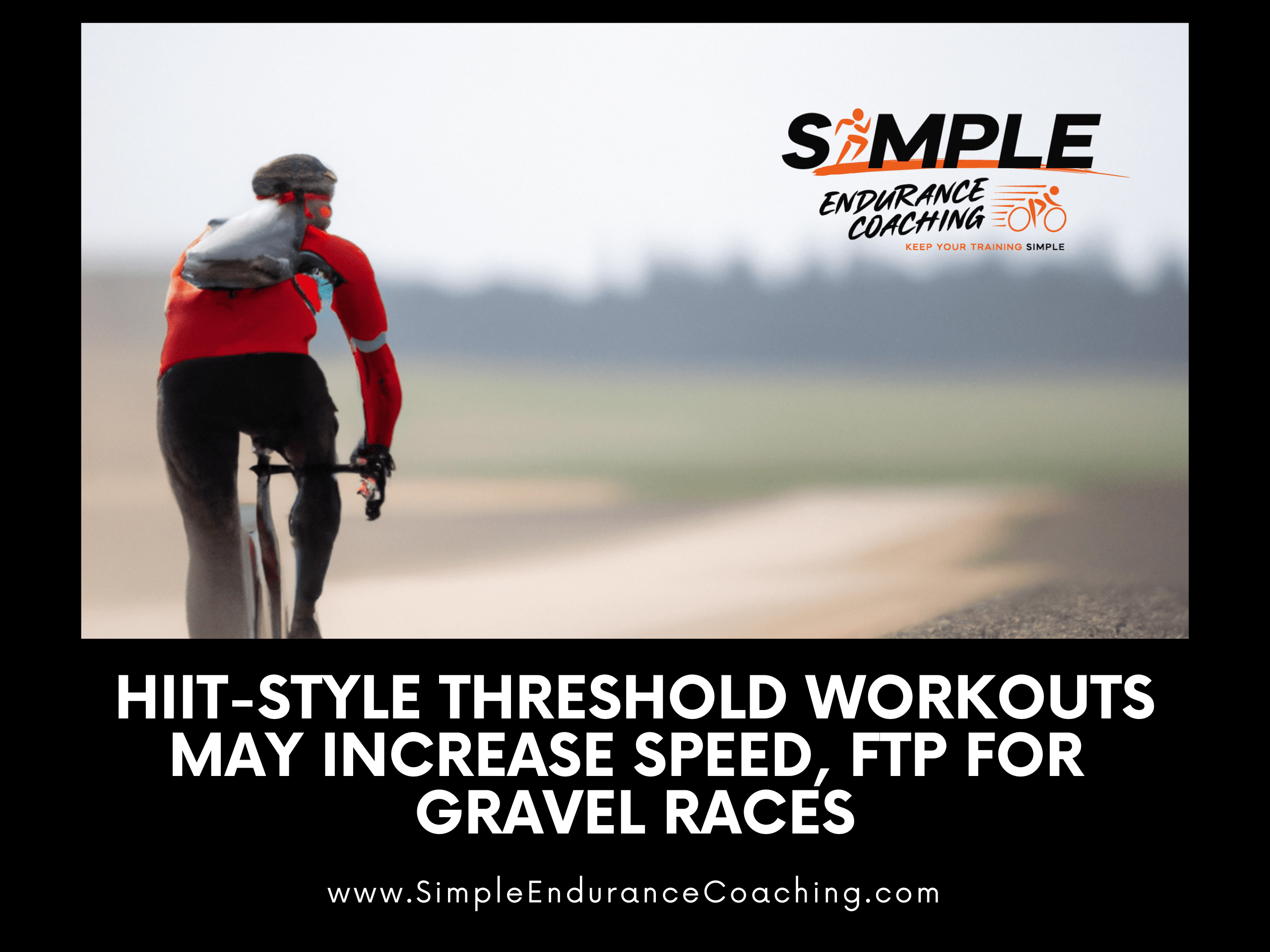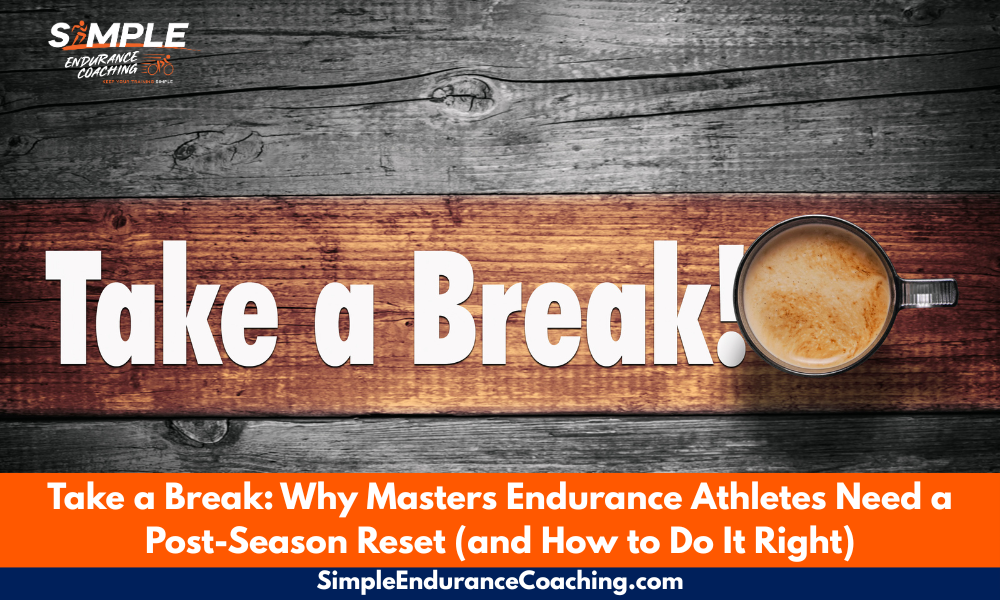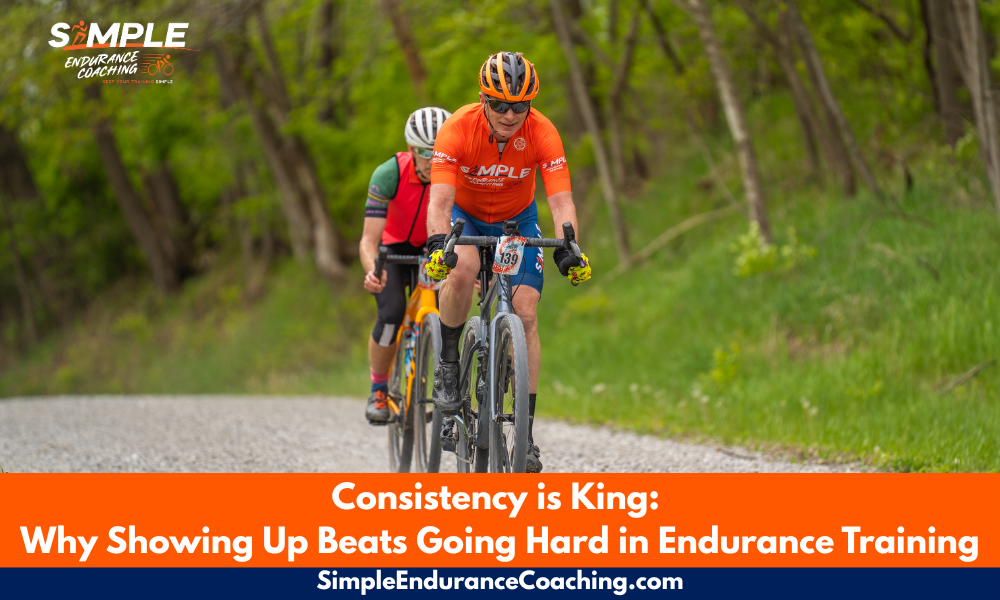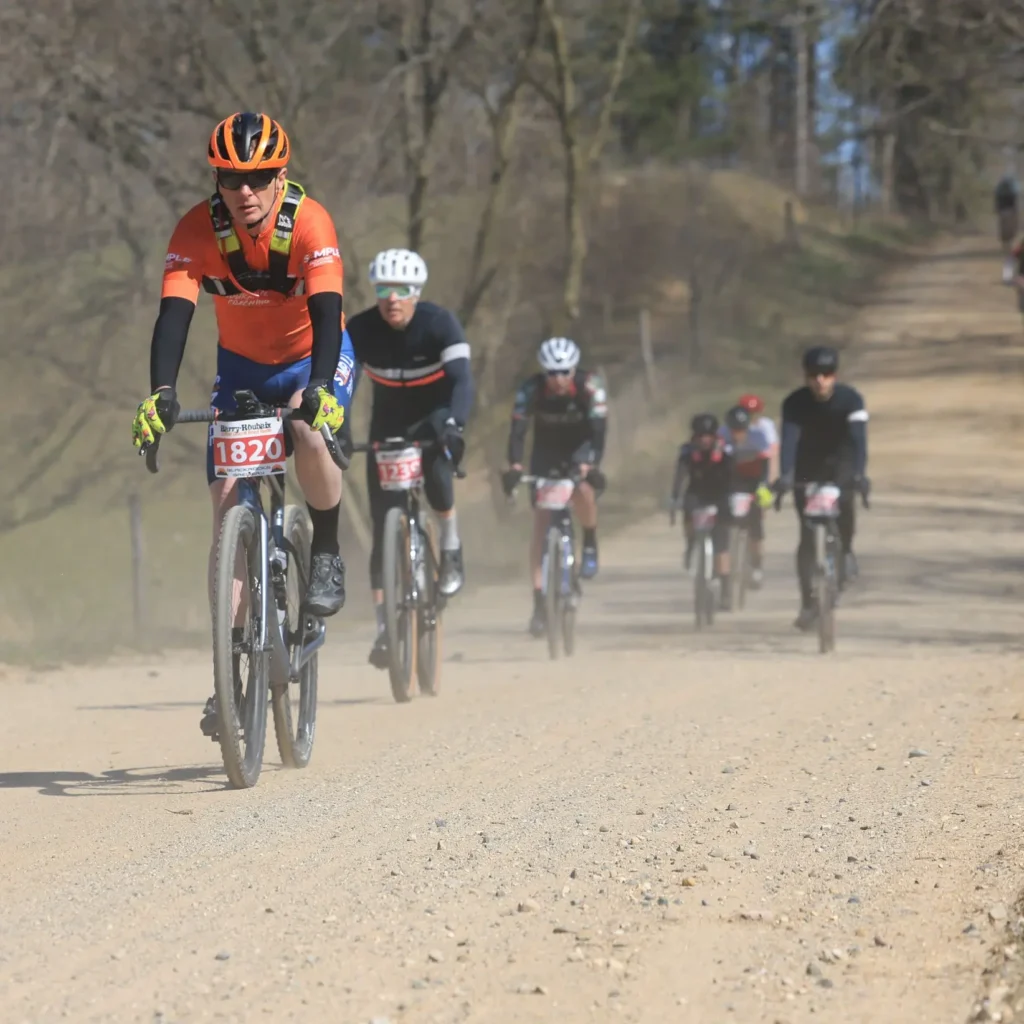Mastering Threshold Interval Training: HIIT-Style Workouts
The Midwest Gravel Tour kicked off at the start of March at the Dirty South Roubaix in southern Illinois on Saturday.
My training has been different over the winter this year, more polarized with slow endurance and more threshold intensity.
In the past, I put in long miles with my heart rate firmly in the 130s, sometimes in the 140s, or my tempo zone.
Essentially, I just rode. I found a destination or route and completed the ride.
This year, I’ve been doing training a little differently, and so far it’s paying off with a higher FTP.
My goal is to be able to maintain a good pace for the whole race, rather than tail off too early.
I want to improve my overall durability.

Adding more threshold intervals with HIIT
The most significant change I made in training this winter has been adding more intensity.
I can ride at an endurance pace all day, but I don’t have a ton of speed.
But since gravel racing demands a more constant power output, I’ve done a lot of threshold intervals in an effort to improve my Functional Threshold Power.
This traditional Zone 4 work or just under my FTP. (I usually use Critical Power as a way of measuring the upper threshold, however, FTP is more widely used.)
Threshold interval training for cyclists makes a lot of difference
According to Andy Coggan in the third edition of his Training and Racing with a Power Meter, threshold work brings really strong adaptations in:
- increased blood plasma volume;
- increased mitochondrial enzymes which utilize the ATP produced in the cells;
- increased lactate threshold (Critical Power);
- increased muscle glycogen storage, which means your muscles have more fuel to use and will last longer;
- better conversion of fast twitch fibers to more endurance-useable Type II1 fibers;
- increased VO2max;
- increased cardiac output (stroke volume)
Several ways of doing threshold interval training for cyclists
Therefore, threshold training brings about massive adaptations in my energy, cardiovascular, and respiratory systems.
I’ve done this threshold work in three ways: Zwift racing, five-minute intervals, and 40/20s.
In all Zwift races I’ve done, I keep my heart rate between 150 and 160, or just under my second heart rate threshold.
If the HR goes over 163, and I can’t bring it down, then I drop off the group and try to maintain the intensity as long as I can.
I also do five-minute intervals and do as many as I’m able to, up to five.
Finally, I’ve been experimenting with 40/20s at a power level slightly over my FTP. This means I’m pedaling hard for 40 seconds and pedaling easy for 20.
HIIT training for cyclists is effective
The idea comes from the world of high-intensity interval training, popularized by Dr. Tabata and shown by Dr. Bent Ronnestad and Dr. Paul Laursen to make significant adaptations in training.
Tabata showed that a repeated interval session of 20 seconds all out, followed by 10 seconds of rest helped cyclists make great gains in overall fitness.
Ronnestad showed by 30/15s were highly effective as well.
The only issue with the short HIIT workouts is that while they are incredibly effective, we don’t know how long those adaptations last.
In fact, there’s some evidence to suggest that the adaptations come very quickly, but don’t last long.
So these are good for peaking for your key event.
HIIT threshold training seems to be working
My thinking is that I want to improve my threshold, and it’s a big challenge for me to keep focused on an indoor trainer for five or eight-minute intervals.
I’m able to complete the 40/20s and the heart rate that comes with them is comparable to doing a single interval session.
The heart rate tends to climb a little more slowly, but the power output average is much higher than a longer interval.
The higher power and the higher completion rate is what made the 20/10s and 30/15s so effective.
I am gradually making progress in increasing the average power.
And my FTP is also increasing, and I’m able to do many more 40/20s than at the start of January.
Balance the rest of the training
The challenge is always that too much of this kind of training will fatigue an athlete.
So the rest of my training is done at an endurance pace or below.
For example, I rode over four hours last Sunday and my average HR was 129.
I’m still doing the long mileage of base season, but more slowly.
The idea is that I’m still getting the adaptations of long rides, but I’m rested enough to be able to go hard with the threshold intervals.
I’m also doing four days a week of teaching yoga, so that practice is helping me stay mobile.
And I’m doing only one heavy deadlift session a week this winter, rather than two or three.
I’m doing core and full-body strength work with some single-leg work in my Boot Camp classes.
Want to know more about threshold interval training?
If you liked this article, please share it with others.
I support a limited number of cyclists and runners achieve their goals with more strength, endurance, and mobility.
Contact me or sign up for Virtual Coffee so we can discuss your goals, ask questions, and talk about making your endurance training more effective, fun, and Simple.
You can also opt-in to receive my weekly blog posts about what works in endurance sports.
Paul Warloski is a:
- USA Cycling Level 3 Coach
- RRCA Running Coach
- Training Peaks Level 2 Coach
- RYT-200 Yoga Instructor
- Certified Personal Trainer




